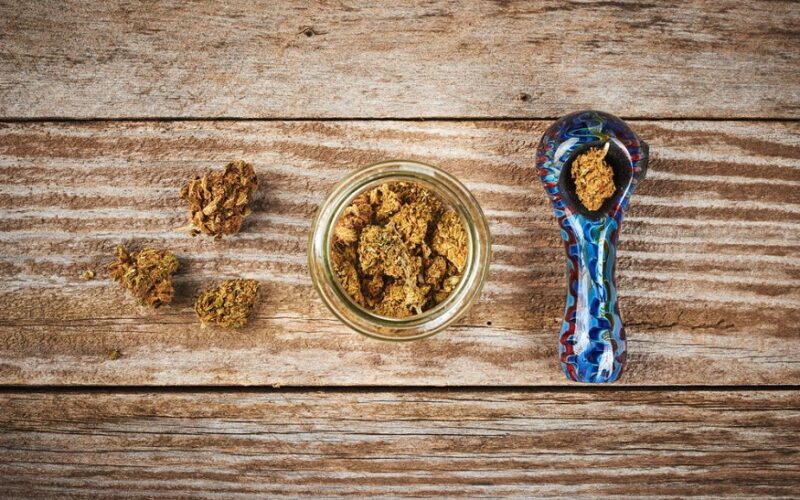Despite medical marijuana now being legal in 37 states and the District of Columbia, not all those states allow smoking it. Lawmakers tend to frown on smoking due to its known hazards. Now, a recently released study adds credence to lawmaker concerns by establishing a link between regular pot smoking and paraseptal emphysema.
Previous studies have produced results that give pause to the idea that pot smoking is comparatively low-risk. This new study not only establishes a link between pot smoking and paradental emphysema, but it also suggests that marijuana smokers are twice as likely to develop it compared to tobacco smokers.
A Small-Scale Study
It should be noted that the study was a small-scale one that looked at just 146 participants divided into three groups:
- Non-smokers
- Cigarette smokers
- Marijuana smokers.
Researchers pointed out that roughly 75% of the marijuana smokers also smoked tobacco. All three were subject to chest scans for the purposes of evaluating lung health. The scans are capable of identifying multiple types of emphysema.
Paraseptal emphysema is a form of the disease resulting in permanent holes in the lungs’ small air sacs. It is a serious disease with no cure, but it’s not considered as bad as the emphysema associated with tobacco smoking.
What the Study Found
Chest scans revealed that 75% of the marijuana smokers demonstrated some type of emphysema. The numbers were lower for tobacco smokers and non-smokers at 67% and 5%, respectively. In terms of paraseptal emphysema specifically, 57% of the marijuana smokers had it as compared to just 24% of the cigarette smokers.
It’s not clear what’s behind the disparity. Researchers speculate it could be the fact that marijuana smokers tend to inhale more deeply and hold the smoke in their lungs for longer. More in-depth research is necessary to confirm or reject that explanation.
Why Marijuana Users Smoke
It’s preferred because inhalation directs THC into the bloodstream almost instantly. Within a minute or two of inhaling, the marijuana user begins feeling its effects. By contrast, consuming cannabis orally generally doesn’t start producing effects for at least an hour or two.
Apparently, the benefits of getting high very quickly outweigh the risks of smoking in the minds of some marijuana users. But what about states that have outlawed smoking among medical marijuana users? Do they have any other options for getting THC into their bloodstreams as quickly as smoking? Yes, they do.
Vapes and Tinctures
Utah doesn’t allow smoking among its tens of thousands of medical marijuana users. If a patient visits the Beehive Farmacy medical marijuana dispensary in Brigham City, he will find marijuana flower. But that flower can only be dry-heated or used to make homemade edibles. It cannot be smoked.
If the patient wants something fast-acting, he can choose either vapes or tinctures. A marijuana vape is nearly identical to a nicotine vape with the exception of THC being the active ingredient. Vapes are consumed by connecting a vape cartridge to a battery that heats the liquid in the cartridge and transforms it into an inhalable vapor.
Meanwhile, tinctures are concentrated oils consumed by putting a drop or two under the tongue. They don’t work as fast as smoking or vaping, but their effects are still felt within minutes rather than hours. THC passes through the gums very quickly and then on into the bloodstream.
Smoking is clearly dangerous no matter the material. This latest study proves as much for medical cannabis. It may not be as bad as smoked tobacco, but it’s certainly not as lung-safe as tinctures and edibles.

